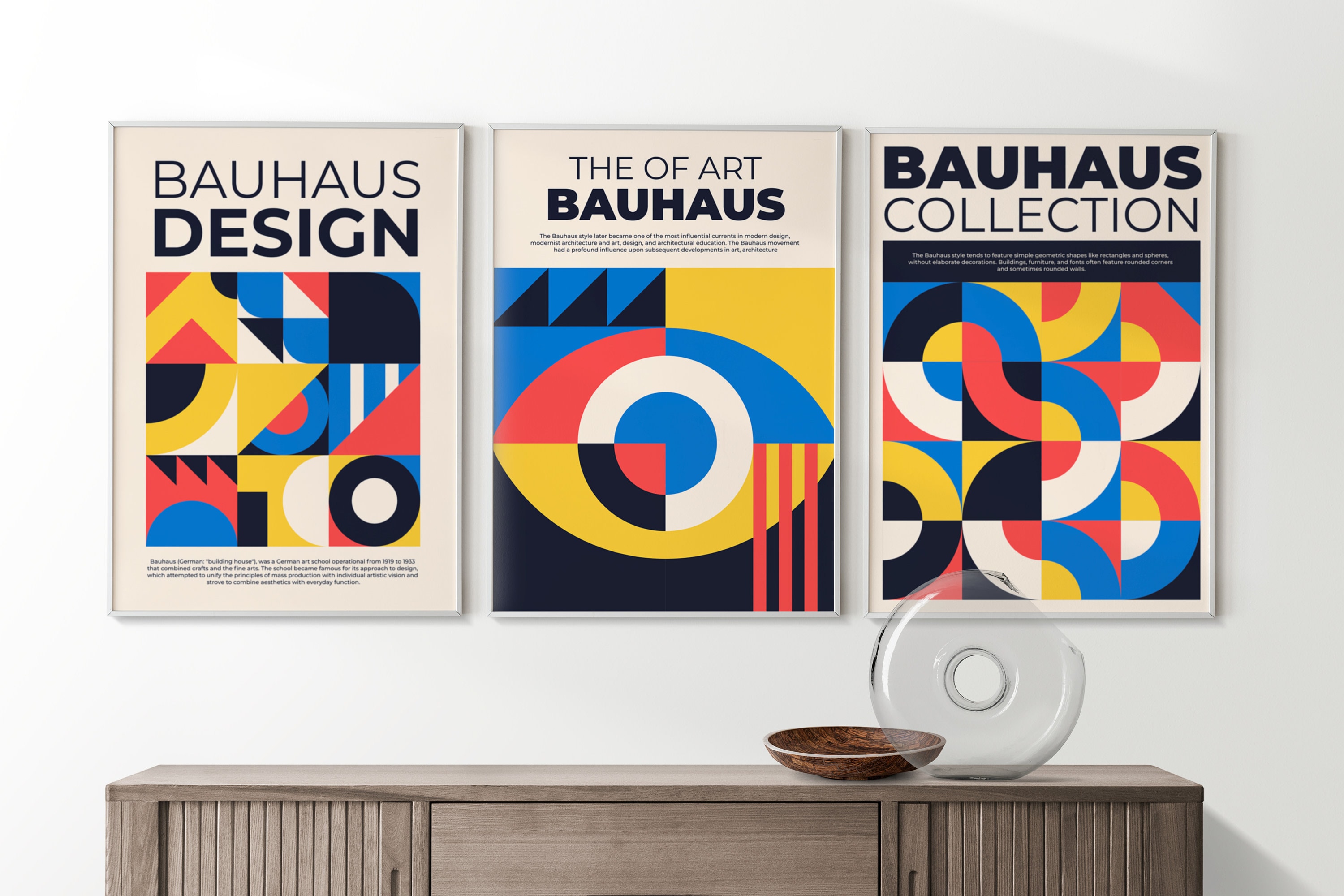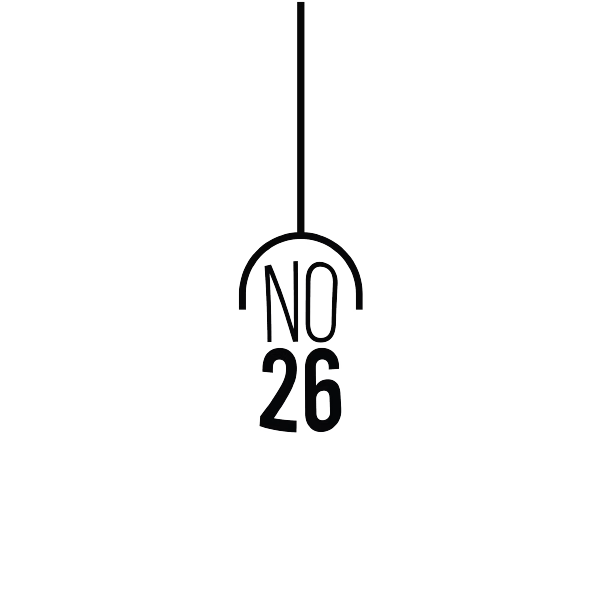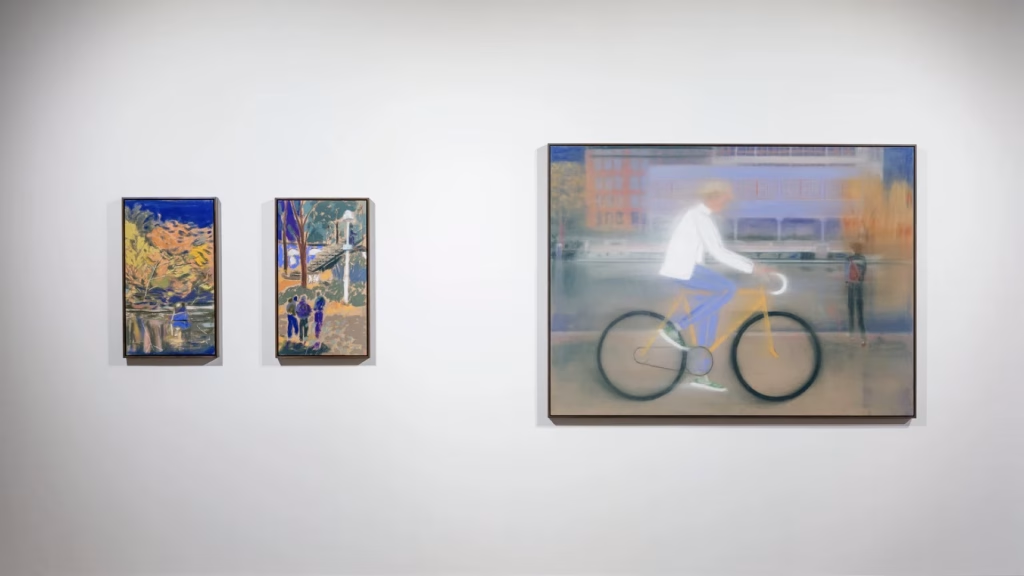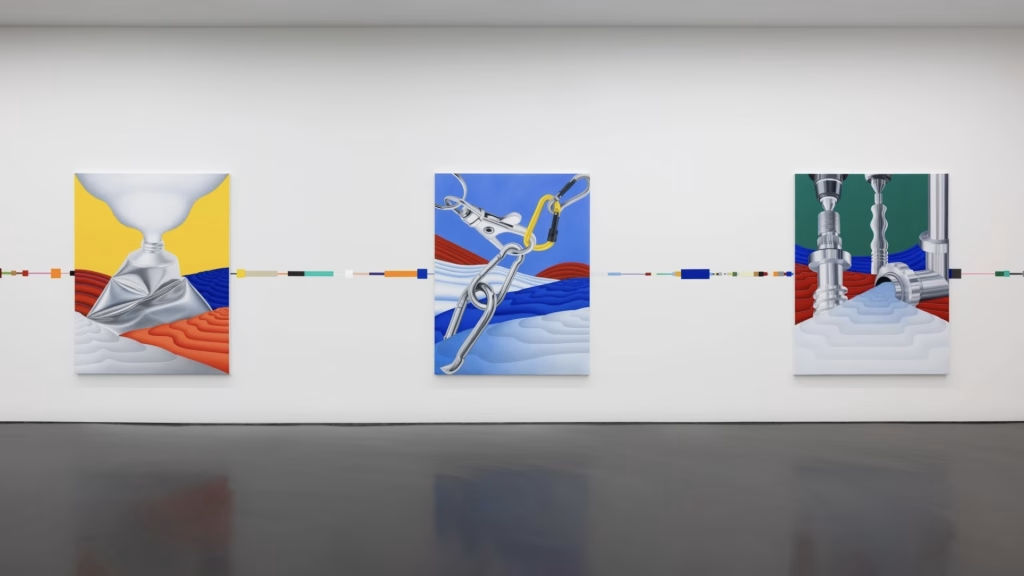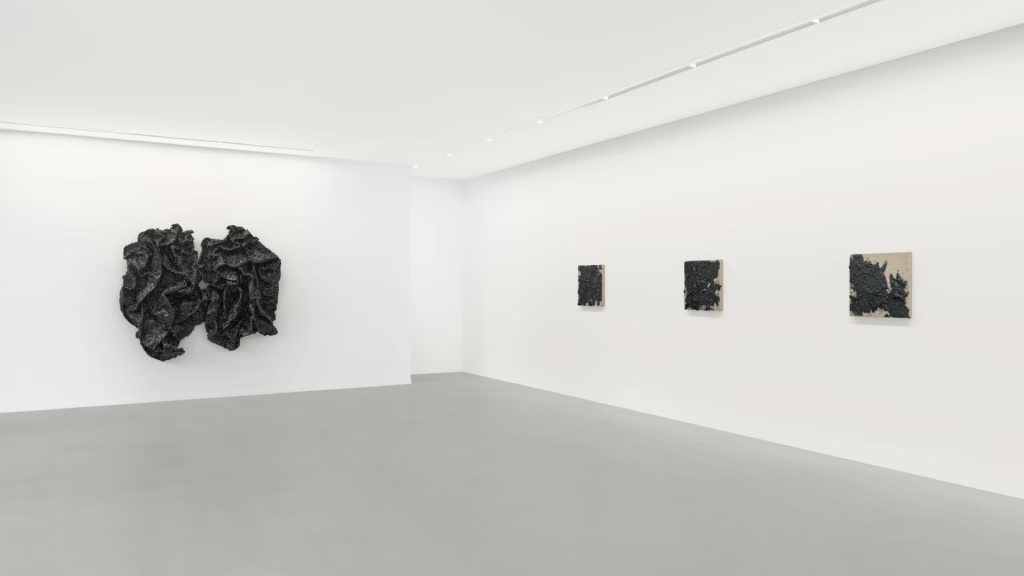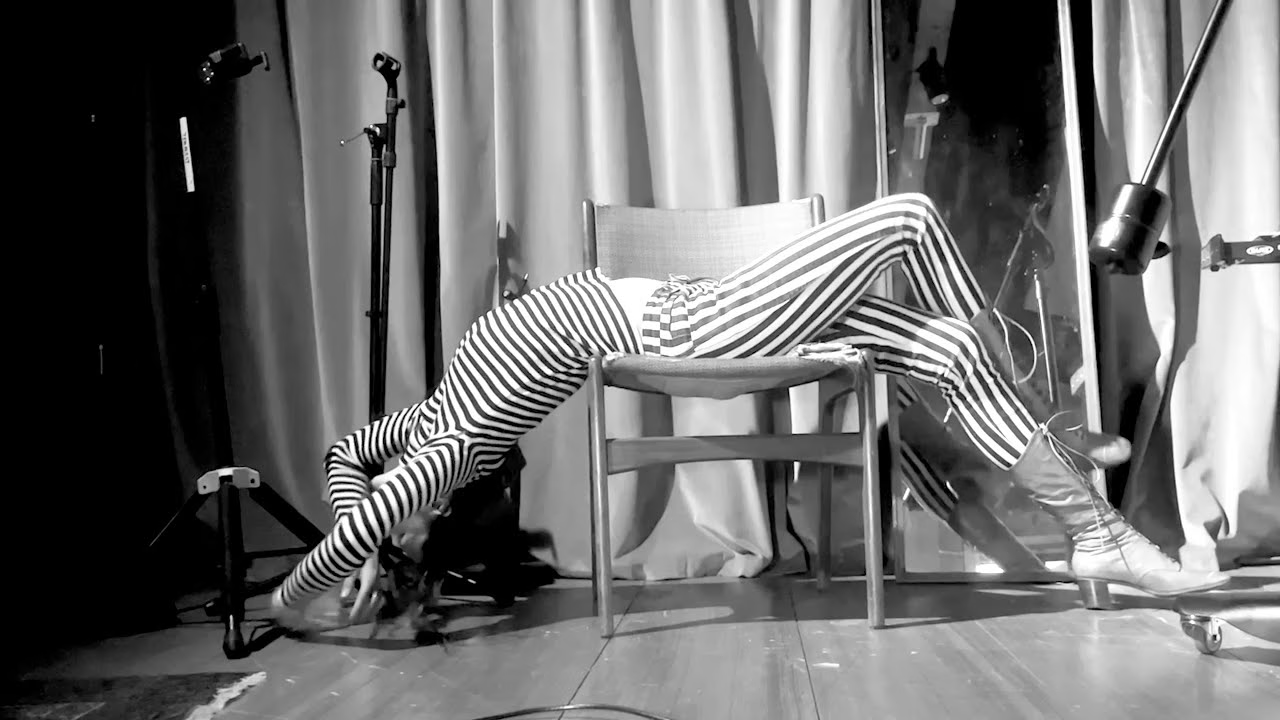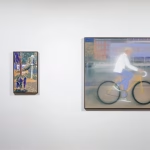A Beginner’s Guide to Understanding the Bauhaus Art Movement

The Bauhaus art movement, born in the tumult of post-World War I Germany, is one of the most influential cultural forces of the 20th century. More than just a school or a style, Bauhaus was a revolutionary philosophy that sought to unify art, craft, and technology, reshaping how we interact with the designed world. For art and culture enthusiasts, understanding Bauhaus is like unlocking the DNA of modern design—from the sleek lines of your smartphone to the minimalist furniture in urban lofts. This beginner’s guide, crafted with a cultural and artistic lens, explores the history, principles, and enduring legacy of Bauhaus, drawing on the latest insights from 2025 to bring this transformative movement to life.
What Is the Bauhaus Art Movement?
Founded in 1919 by architect Walter Gropius in Weimar, Germany, the Bauhaus (literally “house of building”) was a radical art school that aimed to bridge the gap between fine arts and applied crafts. Gropius envisioned a “new guild of craftsmen” where artists, designers, and artisans would collaborate to create functional, beautiful objects for a modernizing world. This concept, known as Gesamtkunstwerk (total work of art), sought to integrate painting, Sculpture, architecture, and design into a unified creative expression, rejecting the elitist divide between “high art” and practical craftsmanship.
From 1919 to 1933, the Bauhaus operated across three cities—Weimar, Dessau, and briefly Berlin—before being shut down by the Nazi regime, which branded its progressive ideas as “degenerate.” Despite its short lifespan, the movement’s influence spread globally, thanks to exiled faculty like Walter Gropius, László Moholy-Nagy, and Josef and Anni Albers, who carried its principles to Europe, the United States, and beyond. Today, Bauhaus is synonymous with modernism, its clean lines and functional aesthetic visible in everything from skyscrapers to IKEA furniture.

Key Principles of Bauhaus: Art Meets Function
Bauhaus was defined by a set of core principles that continue to resonate in contemporary art and design. These ideas, rooted in simplicity and innovation, are accessible yet profound, making Bauhaus a cultural touchstone for beginners and experts alike:
- Form Follows Function: The mantra, popularized by Bauhaus, prioritized an object’s purpose over decorative excess. A chair, for example, should be comfortable and practical before being ornate. This principle, inspired by the 19th-century Arts and Crafts movement and American architect Frank Lloyd Wright, revolutionized design by focusing on utility.
- Simplicity and Minimalism: Bauhaus embraced clean lines, geometric shapes (circles, squares, triangles), and primary colors (red, yellow, blue) to create designs that were both accessible and visually striking. Ornamentation was stripped away to let materials—steel, glass, concrete—speak for themselves.
- Unity of Art and Technology: Bauhaus championed the integration of artistic creativity with industrial production, making beautiful design affordable and mass-producible. This ethos democratized art, bringing it into everyday life.
- Truth to Materials: Materials were used in their raw, unadorned state—think exposed concrete or tubular steel—to highlight their inherent beauty and functionality.
- Gesamtkunstwerk: The idea of a “total work of art” meant that architecture, furniture, textiles, and even typography should harmonize to create cohesive, functional environments.
These principles, articulated in Gropius’s 1919 manifesto, reflected a utopian vision to rebuild society through design, responding to the industrial and social upheavals of the post-war era.

The Bauhaus Aesthetic: A Cultural Revolution
Bauhaus’s visual style is instantly recognizable: sleek, geometric, and unapologetically modern. Its aesthetic drew from modernism, Constructivism, and the Arts and Crafts movement, rejecting the florid curves of Art Nouveau for stark, functional beauty. Key examples include:
- Architecture: The Bauhaus Building in Dessau, designed by Gropius in 1925, epitomizes the movement with its glass curtain walls, steel framework, and asymmetrical layout. Its open, light-filled spaces embodied the modernist ideal of functionality.
- Furniture: Marcel Breuer’s Wassily Chair (1925), inspired by bicycle handlebars, used tubular steel and minimal upholstery to create a lightweight, mass-producible design that remains iconic.
- Textiles: Anni Albers transformed weaving into a modernist art form, using geometric patterns and innovative materials like cellophane to create textiles that adorned Bauhaus interiors.
- Painting: Wassily Kandinsky and Paul Klee, both Bauhaus faculty, pioneered abstract art with works like Kandinsky’s Yellow-Red-Blue (1925) and Klee’s Castle and Sun (1928), using geometric forms and vibrant colors to evoke emotion and spirituality.
- Typography: Herbert Bayer’s universal typeface, a sans-serif, all-lowercase font, prioritized readability and simplicity, influencing modern graphic design.
These works weren’t just objects; they were cultural statements, blending art with everyday life to make beauty accessible to all.
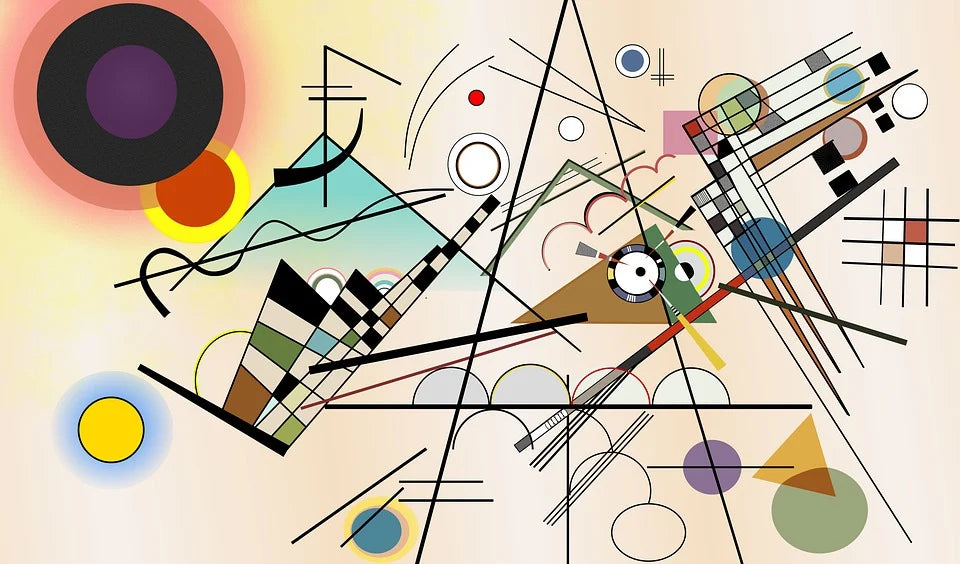
Key Figures: The Visionaries Behind Bauhaus
The Bauhaus was a crucible for some of the 20th century’s greatest artistic minds, each contributing to its cultural legacy:
- Walter Gropius: The founder and architect who envisioned Bauhaus as a collaborative utopia, designing its Dessau campus as a physical manifesto.
- Paul Klee: A master of color theory, Klee’s abstract paintings and Pedagogical Sketchbook (1925) shaped Bauhaus’s approach to form and creativity.
- Wassily Kandinsky: A pioneer of abstraction, his vibrant, geometric compositions explored the spiritual power of art.
- László Moholy-Nagy: A multimedia innovator, he pushed boundaries in photography, photomontage, and poster design, embracing technology as art.
- Anni Albers: A textile artist who elevated weaving to fine art, her work exemplified Bauhaus’s blend of craft and innovation.
- Marcel Breuer: His furniture designs, like the Wassily and Cesca chairs, redefined modern interiors with industrial materials.
These artists, among others, made Bauhaus a cultural melting pot, their diverse talents uniting under Gropius’s vision.
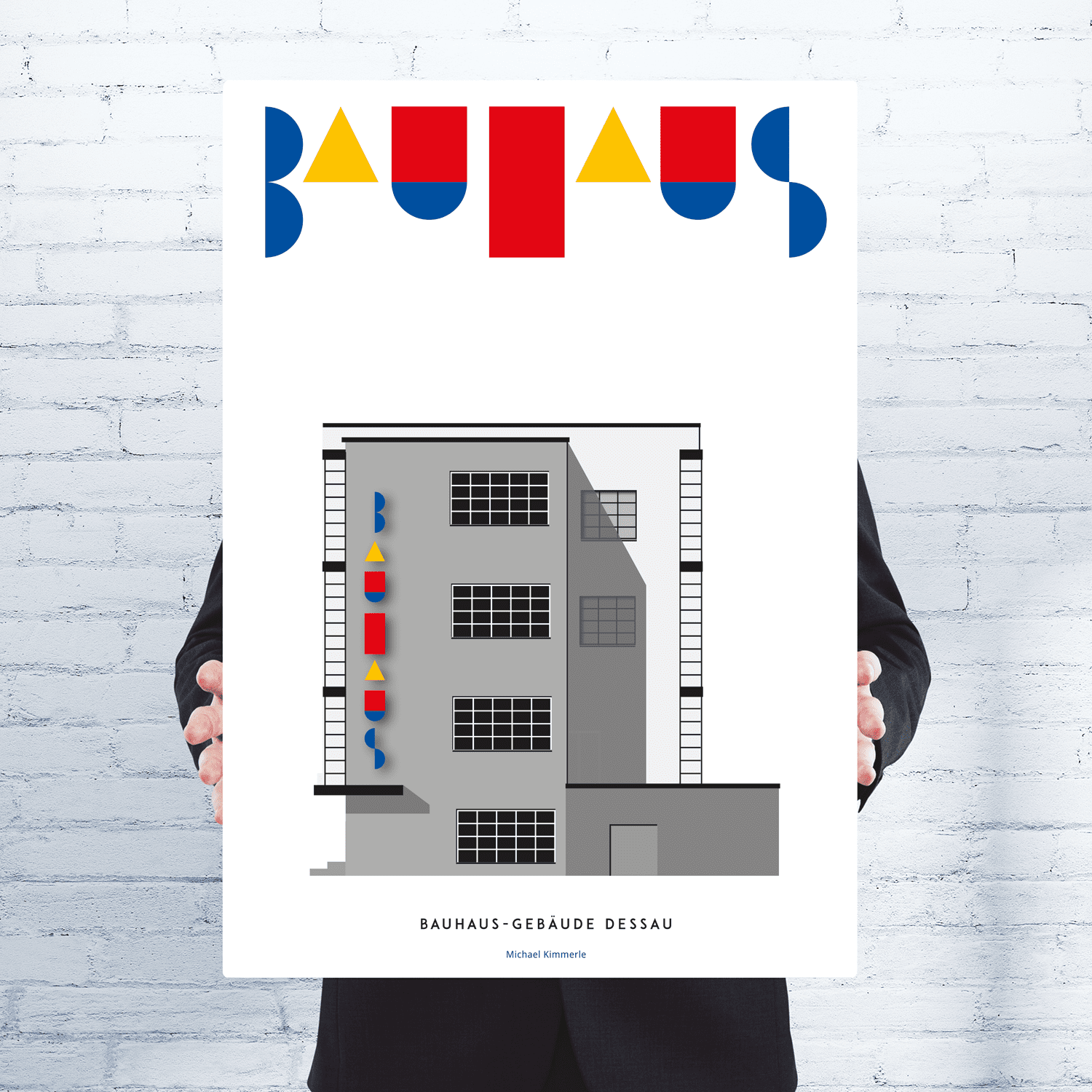
The Bauhaus Legacy: A Global Cultural Force
Though the Bauhaus school closed in 1933 under Nazi pressure, its ideas spread worldwide as faculty and students emigrated. In the U.S., Gropius taught at Harvard, Moholy-Nagy founded the New Bauhaus in Chicago, and Josef Albers influenced Black Mountain College. The movement’s impact is evident today:
- Architecture: Modernist buildings, from New York’s MetLife Building to Tel Aviv’s White City, reflect Bauhaus’s clean lines and functional design.
- Design: The minimalist aesthetic of brands like Apple, with Steve Jobs citing Bauhaus as an inspiration, owes a debt to its simplicity and functionality.
- Education: Bauhaus’s interdisciplinary curriculum, emphasizing hands-on learning and collaboration, remains a model for art schools worldwide.
- Graphic Design: The movement’s sans-serif typography and grid-based layouts continue to shape modern advertising and digital design.
In 2025, Bauhaus’s legacy is celebrated through exhibitions like those at Melbourne’s Buxton Contemporary, which explore its global influence, including in Australia via architects like Harry Seidler. Its principles also inspire contemporary designers, from modular furniture to minimalist social media graphics, proving its timeless relevance.
Why Bauhaus Matters for Culture and Art Lovers
For beginners, Bauhaus is a gateway to understanding how art can transform society. Its rejection of ornamentation and embrace of mass production challenged elitist notions of art, making beauty a part of daily life. Culturally, it responded to a world in flux, offering a vision of hope and progress through design. Its interdisciplinary approach—blending painting, architecture, textiles, and more—mirrors the collaborative spirit of today’s creative industries, from film to fashion.
Bauhaus also holds a mirror to our values. Its emphasis on accessibility and functionality resonates in an era of sustainable design, while its bold experimentation inspires artists to push boundaries. Whether you’re admiring a sleek skyscraper, a minimalist chair, or an abstract painting, you’re likely encountering Bauhaus’s enduring influence.
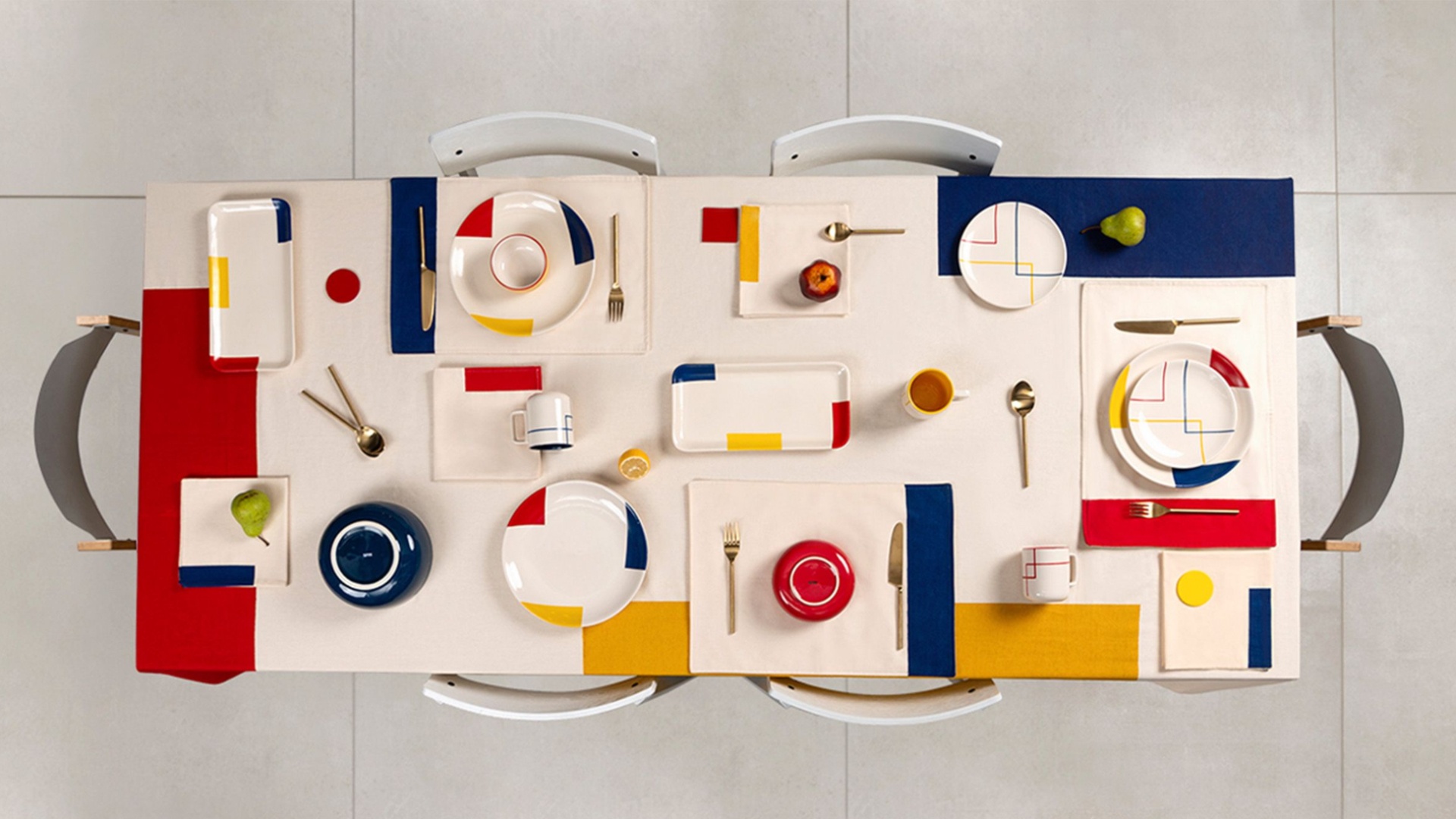
How to Explore Bauhaus Today
- Visit Museums: The Bauhaus-Archiv in Berlin and the Museum of Modern Art in New York house iconic works, from Breuer’s chairs to Kandinsky’s paintings.
- Read Up: Dive into Bauhaus 1919–1933 by Michael Siebenbrodt or The Bauhaus Group by Nicholas Fox Weber for deeper insights.
- Attend Exhibitions: Check 2025 schedules for shows like Bauhaus Now at Buxton Contemporary, Melbourne, or local galleries exploring modernist design.
- Experiment: Try Bauhaus-inspired design in your own work—play with geometric shapes, primary colors, or functional forms using tools like Adobe Express.
Final Note
The Bauhaus movement is a testament to the power of art to shape society. Its fusion of creativity, craft, and technology continues to inspire, reminding us that good design is both beautiful and purposeful. For culture and art lovers, exploring Bauhaus is a journey into a movement that redefined modernity and left an indelible mark on our world.
Stay tuned to our site for more cultural guides and share your Bauhaus-inspired discoveries with us at [email protected]!
